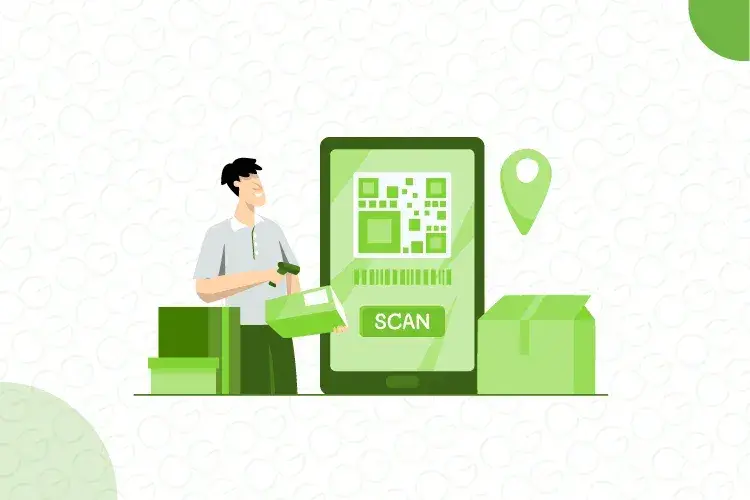How Point-of-Sale Data can help reduce inventory and improve vendor performance

Many Retailers are now seeing the merits of providing more POS information to their vendor community in an effort to help better manage proper inventory levels and collaborate with their various trading partners. Retailers are also expecting more from the vendors in return, with the focus being on accountability and vendor score carding to increase key performance indicators.
The practice of Retailers providing vendors with POS data has existed for some time now, but the main difference is the eagerness of the vendor community to better collaborate with the merchandiser, with improved visibility into the actual sales of their items that leave the distribution center. As a result of this, vendors have begun investing in technologies like Point-of-Sale Softwares to give them this valuable insight. The vendors are keen to receive the POS information to help manage their business relationships, be prepared to ship items whenever the retailers place their orders and perform better in vendors score-carding models. With this kept in mind, Retailers have been experimenting with a variety of new technologies that can efficiently distribute this data and this has lead to the rising interest in Retail POS Analytics
Retailer Portals:
Retailers have started setting up their own online, vendor information portals and this has increased a lot more in recent times. The main aim of these portals is to provide reliable and accurate sources of up to date supply chain information for the vendors. However, they vary greatly in terms of how functional or usable the information is for the vendors. The main problem that arises due to this is that vendor work with dozens of Retailers, and the process of going online and logging into each unique retailer’s portal is an inefficient use of time and resources.
While the retailers provide the vendors with POS data in the form of supply chain intelligence with the help of the portal, it is up to the vendor to manually collect the information and combine it with the sales from other retailers. Only then can they truly understand how their products are performing.
Use of Portals vs Third Party Analytic services
Now we compare the use of portals versus third-party analytic services. Majority of the outsourced services have begun taking advantage of a Software-as-a-service to help minimize the setup time and relieve a vendor’s internal resources of data integrations challenges. SaaS is extremely beneficial for Retailers since they don’t have to make a financial investment in a portal solution. SaaS contains timely POS information from their retail customers and hence it is more apt to be used by the vendors. SaaS intelligence solutions have become very powerful and insightful to both the user and the retailer, as they collaborate to maintain proper inventory levels and improve sell-through and vendor scorecard ratings with increased fill rates and on-time deliveries.
Conclusion
In conclusion, I would like to emphasize the fact that vendors nowadays are proactively looking for ways to effectively use their retail customer’s POS data to help improve their performance. From the vendor's point of view, a Portal solution is limited since the overall value it provides in terms of its ability to operate as an analytical tool. Services provided by Retail Point-of-Sale Software solutions like Ginesys provide vendors with a more comprehensive view of their supply chain across multiple retail customers with the help of Retail POS Analytics and the retailers can provide the vendors with the same information at a lower cost as well.



